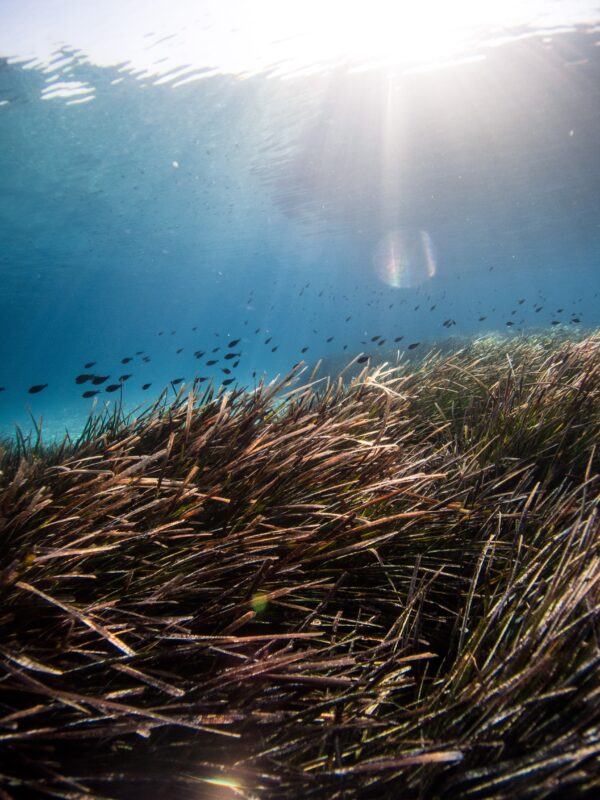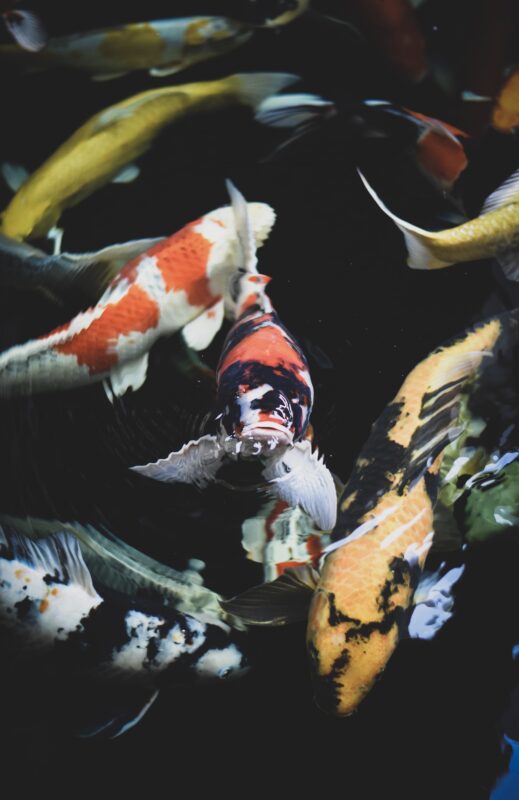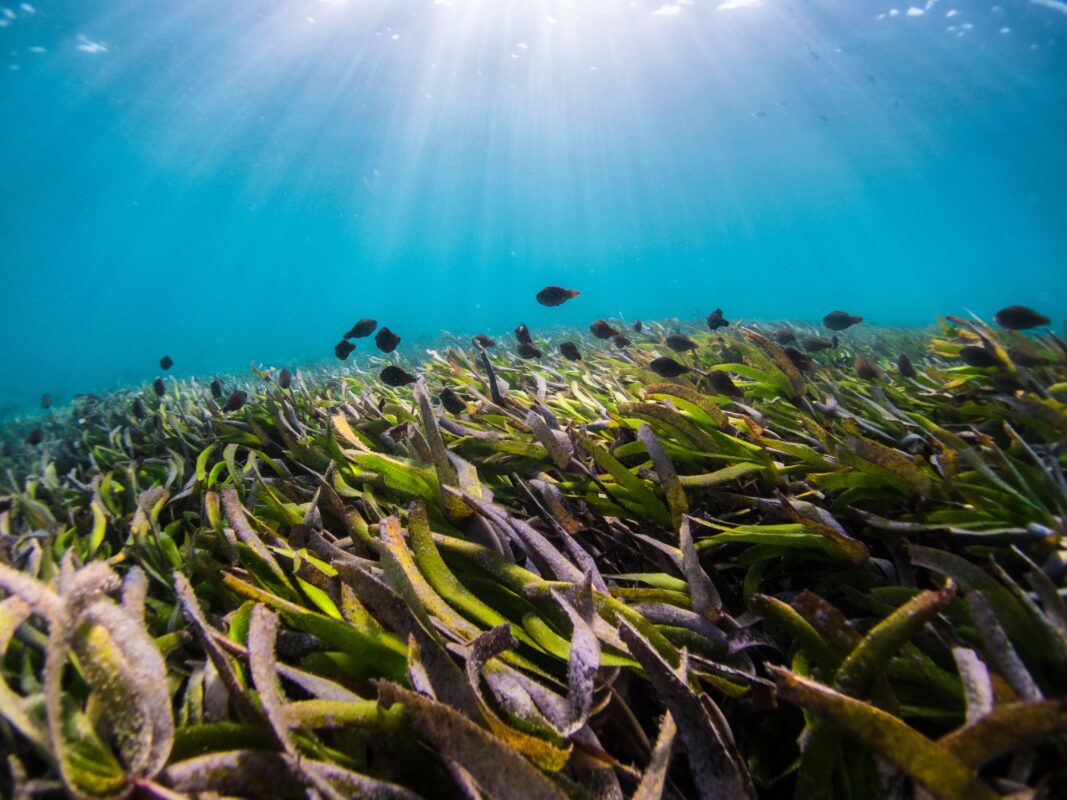Imagine you’re on a special journey underwater, and you’re exploring the ocean with your favorite fish friends from “Finding Nemo.” In this fun article, you’ll learn all about the way marine biology – the study of sea creatures and how they live – helped to shape the story and experiences in “Finding Nemo’s Submarine Voyage.” You’ll see how the smart people who made this voyage brought the world under the sea to life by really understanding fish and their habitats. It’s going to be an exciting ride, just like your favorite submarine adventure!

This image is property of images.unsplash.com.
Marine Biology’s Role in Shaping ‘Finding Nemo’s Submarine Voyage’
Marine Biology is a fascinating science that studies living organisms in the ocean and other salty waters. It came to light in a new way through the popular animated film ‘Finding Nemo’s Submarine Voyage’. This movie did more than just entertain. It introduced millions to the world of marine biology, showing the incredible and diverse world that lies beneath the waves. It is quite an exciting journey to uncover how marine biology helped to shape the storyline, characterization and comedy in ‘Finding Nemo’s Submarine Voyage’.
Unraveling the storyline
Finding Nemo’s Submarine Voyage has a heartwarming story; it involves a clownfish named Marlin who embarks on a wild journey to find his lost son, Nemo. The story wouldn’t be the same without marine biology. It uses real predator-prey relationships, like between the clownfish and the shark, to move the story along. The diverse and vast ecosystems of the ocean also impact the plot, making Marlin’s journey a long and adventurous one.
The characterization of aquatic characters
Each of the marine animals in the film has its unique personality that brings them to life. For example, Dory, the Regal Blue Tang, is forgetful, which mirrors the idea that fish have short-term memories. The Great White Shark, Bruce, works to deny his natural instincts as an aggressive predator, embodying the efforts of wildlife conservation movements. These characteristics are based on actual attributes or common perceptions about these marine species.
In-depth characterization understanding
The in-depth understanding of each marine character’s species, life cycle, and behavior based in marine biology makes the character development in Finding Nemo’s Submarine Voyage exceptional. It’s how Crush, the laid-back sea turtle who serves as Marlin’s guide, becomes a mentor figure, reflecting real-life sea turtles’ long lives and wisdom.
Understanding the Ocean Ecosystem
The ocean ecosystem is a vast and complex world filled with an array of aquatic life forms. The depiction of these diverse ecosystems in Finding Nemo has not only provided viewers with captivating sceneries but also educated them about the importance of preserving these ecosystems.
Diversity in aquatic life
Finding Nemo’s Submarine Voyage showcases diverse marine life, from the smallest plankton to the largest whales. These species don’t exist in a vacuum, but instead live alongside each other in a vast interconnected web. Each has a role to play in keeping the ecosystem healthy and balanced.
Inter-species interactions in the ocean
Realistic portrayals of inter-species interactions underpin the film. For example, predator-prey relationships often drive the story, like the hilarious but dangerous meetings with sharks and anglerfish. Symbiotic relationships also feature prominently, like Marlin and Dory’s partnership, reflecting how species often work together for mutual benefits.
Vital importance of preserving marine ecology
The film subtly highlights the importance of preserving marine ecology. The dangers that Nemo and his friends face often come from human-made threats, like fishing nets. It’s an inescapable reminder of the fragility of marine ecosystem and our responsibility to protect it.
Animals and their Character Traits
One crucial aspect of the film lies in how the character traits of the marine creatures are laid down, backed with scientific justifications, which greatly contributes to their development.
Marine creatures featured in the movie
The film features a dazzling array of marine creatures, each with their distinct characteristics. From the comically neurotic Marlin to the constantly forgetful Dory and the frighteningly friendly shark Bruce, the vastness of characters reflects the creatures inhabiting our oceans.
Scientific justification for character traits
Many characters’ traits in the film find their roots in marine biology. For example, Jacques, the obsessive cleaner shrimp, is a nod to the real-life symbiotic relationships cleaner shrimp have with other sea creatures, where they clean parasites off their clients. Also, Dory’s forgetfulness mirrors the common belief about fish having a short memory span.
How marine biology contributes to character forming and development
Marine biology plays a vital role in character development: it gives the audience a unique and deeper understanding of why each character acts the way they do. This approach encourages a kinder, empathic view towards these marine creatures, promoting a deeper appreciation for life under the sea.
The Comical Side of Marine Life
Just because it’s scientific doesn’t mean it’s all serious – the film brilliantly uses humor, informed by marine biology facts, to make its aquatic adventure more engaging for viewers.
Mixing humor with scientific insight
The film employs humor and wit to keep the audience entertained and engaged without compromising the underlying scientific facts. For example, the depiction of sharks striving to be vegetarians parallels the movement towards a less harmful relationship with nature, shown in a comically exaggerated fashion.
Attribute of the film’s success to the amusing portrayal of marine life
A significant part of the film’s success can be credited to its funny, yet realistic interpretation of marine life. By presenting these aquatic creatures with distinct personalities and relatable struggles, the audience is drawn into the underwater world and learns to appreciate and understand it better.
Anecdotes of humor drawn from marine biology
Many of the comedic moments in the film stem from marine biology. Various species’ quirks and peculiarities, like the cleaner shrimp’s compulsion to cleanse or the jellyfish’s dangerous yet innocent appearance, make for memorable and laugh-out-loud moments.

This image is property of images.unsplash.com.
Depiction of Coral Reefs
Among the prominent features in Finding Nemo’s Submarine Voyage, coral reefs play an integral part. These stunning underwater ecosystems, teeming with life, add color and depth to the movie, while also holding immense importance in marine biology.
Importance of coral reefs in marine biology
In real life, coral reefs are biodiversity hotspots, home to a vast array of marine species. They serve as breeding grounds, nurseries, and feeding grounds for numerous organisms and play a critical role in maintaining the health of our oceans.
Coral reefs as seen in the movie
The film faithfully captures the vibrancy and diversity of coral reefs. They serve as a backdrop for many key scenes, such as the Clownfish family’s home at The Great Barrier Reef, rendering a striking visual experience while emphasizing the richness of marine biodiversity.
Accuracy of depiction versus artistic interpretation
While the film takes some artistic liberties in portraying coral reefs, the general essence of their beauty and biodiversity is well captured. The film strikes a lovely balance between an accurate representation of these underwater paradises and a stylized interpretation that makes the visuals pop.
Delicate Elements: Marine Life and Environment
The film’s narrative masterfully encapsulates the delicate balance within the marine ecosystem and the implications of disrupting this equilibrium.
Balance of marine ecosystem
Ocean ecosystems are all about balance, wherein each creature plays a part in maintaining it. The balance shifts dangerously with human actions like overfishing and pollution. This essential ecological concept is interwoven subtly into the film’s narrative.
Implications of damaging this balance
The implications of disrupting this delicate balance are shown throughout the film – from Nemo’s capture disrupting his father’s life to human litter, jeopardizing Dory and Marlin’s Journey. These incidents underscore how human actions can drastically affect marine life.
Challenges faced during the creation of a virtual marine world
Portraying a virtual underwater world posed numerous challenges. Besides capturing the stunning visuals, the team had to depict the delicate balance of the marine ecosystem accurately. They had to show the challenges marine life faces, including avoiding predators, finding food, and combating issues, including those amplified by human activities.

This image is property of images.unsplash.com.
Integrating Learning and Entertainment
Finding Nemo’s Submarine Voyage perfectly integrates education with entertainment. It uses anthropomorphism and animation effectively, making marine biology more accessible and exciting.
Education through animation
The film uses animation to bring to life complex concepts of marine biology for all to understand. From the depictions of symbiotic relationships and aquatic adaptations to the workings of the marine food web, the film serves as an exciting visual lesson about life under the sea.
The role of anthropomorphism in education
The film humanizes its aquatic characters, allowing audiences to relate to them. This anthropomorphism not only makes the characters endearing but also helps convey complex biological and ecological concepts in a simple and engaging way.
Influence of the movie on marine biology education
By providing a captivating and colorful look at marine life, Finding Nemo has likely inspired many young viewers to learn more about marine biology. It may have even sparked a passion for marine conservation, proving the power of animation in education.
Behind the Scenes: Making of ‘Finding Nemo’s Submarine Voyage’
Creating Finding Nemo’s Submarine Voyage was an extensive task that involved collaborations with marine biologists and substantial research to capture the complexity and beauty of the marine world.
Collaborations with marine biologists
The production team collaborated with marine biologists to understand the behaviors, habitats, and characteristics of the various marine species. These expert insights helped the team create more authentic and biologically accurate aquatic characters.
Research undertaken during production
The physical and behavioral accuracy of the marine species in the film reflects the exhaustive research during the film’s production. The team studied scientific journals, consulted experts, and even went scuba diving to observe marine life in their habitats.
Challenges of incorporating complex biological concepts
Incorporating intricate biological and ecological concepts into a children’s film was a challenge. The team had to ensure that the concepts were accurately represented but still accessible and engaging for younger viewers. They did a fantastic job, as proven by the film’s success and educational impact.
Impact on Public Awareness about Marine Conservation
The release of Finding Nemo had an unexpected yet welcome side effect – a surge in public interest in marine biology and conservation.
Surge in interest in marine biology post-release
Following the film’s release, there was a noticeable increase in interest in marine biology, particularly among kids. Anecdotal evidence from educators and parents alike indicates that the film inspired children to learn more about the ocean and its inhabitants.
Influence on conservation efforts
One of the most powerful impacts of Finding Nemo has been its influence on conservation efforts. As audiences fell in love with Nemo, Dory, and their friends, they started caring more about the real-life counterparts of these characters. This empathy has driven many to get involved with conservation efforts or adopt environment-friendly practices.
Indirect environmental education for children
While the movie is a fantastic adventure tale, it also serves as a brilliant tool for indirect environmental education. It introduces children to various marine species and ecosystems, and the repercussions of human activities on them, fostering a sense of empathy and responsibility towards the environment.
The Realist’s Take
While Finding Nemo has been loved for its entertainment value, its importance in the realm of marine biology and conservation is equally considerable. It beautifully blends scientific and imaginative features and strikes the right balance between education and entertainment.
A critique from the perspective of marine biology
From the lens of marine biology, the film does an excellent job of illustrating several foundational concepts like diversity of marine life and inter-species relationships. Although some scientific liberties have been taken for the sake of the storyline, the film’s overall commitment to accurate portrayal of marine life is commendable.
Understanding the blend of imaginative and scientific elements
The film expertly weaves scientific and imaginative elements to create an engaging and educational narrative. It presents scientifically accurate information through adorable characters and captivating visuals and promotes marine biology in an entertaining way.
Reflection on the importance of balance between entertainment and education
Finding Nemo serves as an outstanding example of the importance of striking a balance between entertainment and education. Through its charming characters and compelling storyline, it manages to educate the audience about the fascinating world of marine biology, emphasizing the importance of ocean conservation.
The film is a testament to the power of animation in education – a beautiful, engaging, and impactful medium through which we can introduce the wonders of marine biology to the next generation.



